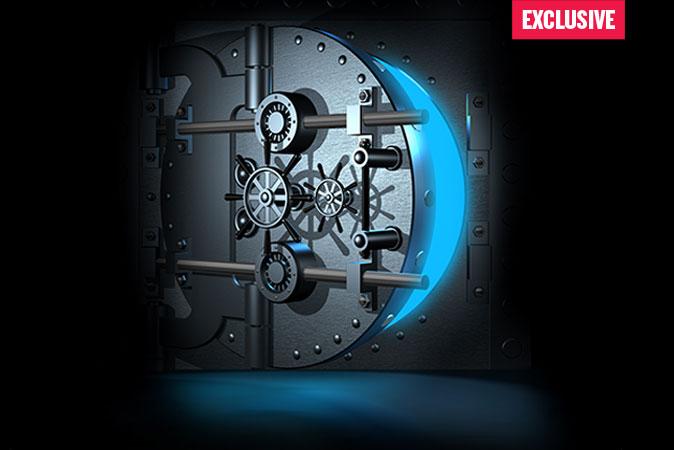The global banking system has been compromised by cybercriminals who have demonstrated they have high-level access that gives them nearly full control to alter data and steal from banks, according to an expert who has been investigating them on the darknet.
Ed Alexander is a cyberHUMINT (human intelligence) specialist and a subject matter expert on the darknet—private forums run by the hackers. Only accessible with special software, the darknet, in addition to legitimate applications, is used by criminal groups to conspire and sell illicit goods.
In a previous interview, Alexander provided Epoch Times with extensive evidence on the current global bank heist. He previously asked to remain anonymous in order to protect his investigations, but is now going public in order to expose the two groups of hackers who are behind the attacks.
The cyberattacks relate to a string of heists from banks that were recently breached by hackers, including the $81 million stolen from the central bank of Bangladesh. Alexander has provided evidence that these banks are merely the tip of the iceberg, and that the hackers have found a vulnerability that grants them access to thousands of banks around the world and across the United States.
In the previous article, evidence provided by Alexander showed that the cyberattacks began around 2006, when hackers working for the Chinese military acted under state orders to breach critical networks in Mexico. From there, the hackers were able to gain access to the computer systems of a major bank, and then infiltrated a major money transfer network to which the bank—and many other banking institutions—are connected.





